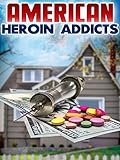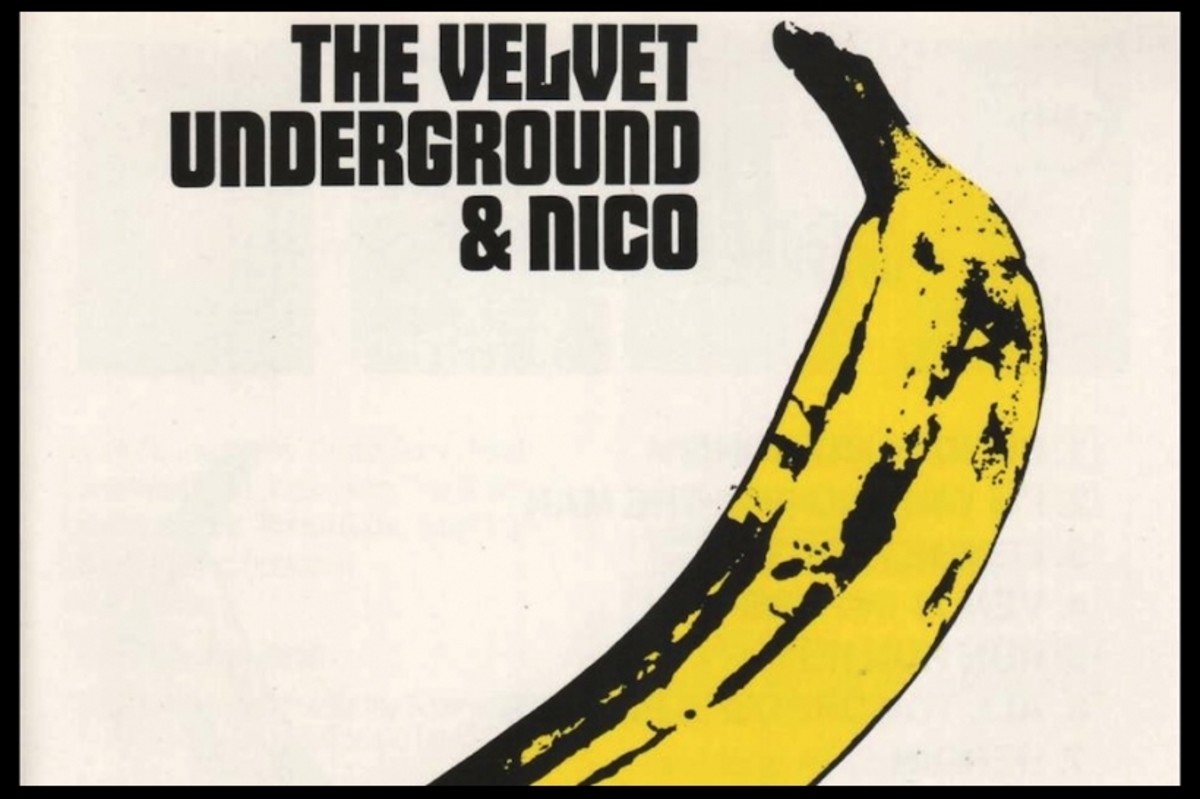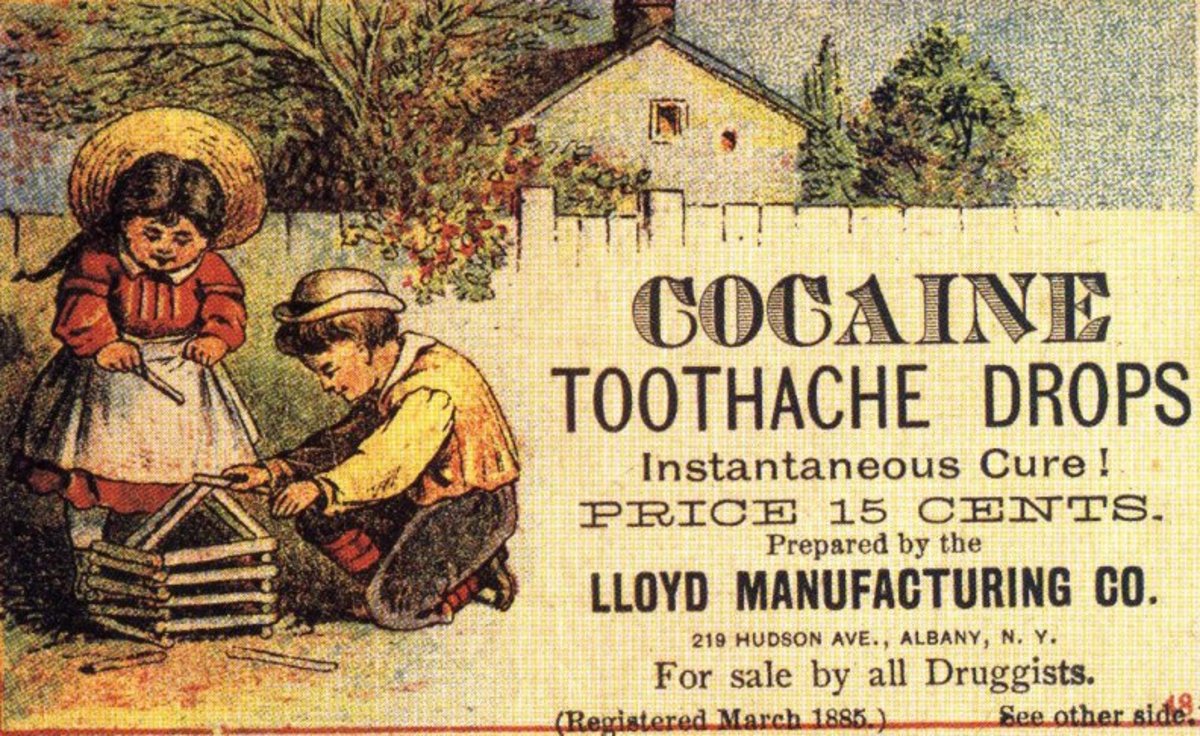An Introduction to Heroin Use in Delaware
Figure 1
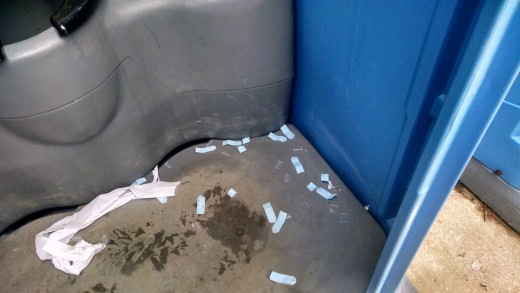
Heroin Use and Recovery in Delaware: From a Father’s Perspective
This Hub is the first in a series of articles that was originally called Heroin Use and Recovery in Delaware. It is a review of the history, mythology, and practices related to heroin abuse and recovery in the state of Delaware. Included are suggestions for systemic and individualized long-term resolution, which in turn will be beneficial to all Delaware residence.
The series is broken down into five sections.
Section One: A short history of heroin and its use in America. This is the Hub you are currently reading.
Section Two, The Problem, provides the reader with a short history of heroin and the impact it has had on Delaware. One important statistic covered is between the years 2004 and 2012 heroin and opiates individually pass alcohol as the number one reason people were admitted into state funded rehabilitation programs. This Hub can be found at
Section Three, The Current Approach, highlights the fact Delaware residents have access to greater number of recovery resources if they incarcerated, in a court ordered program, or on public assistance then if they were a State Employee covered by insurance.
Section Four, Addiction and the Self, is a short study of how the drug alters the user’s self-identity.
Section Five, Recovery: A Systematic Approach, is a discussion about next steps to include:
- The creation of a coalition similar to the one focused on prevention.
- Inclusion of the insurance industry and private businesses to the coalition.
- Educate employers on the disability as one method to compensate for the gap in the ADA, which currently creates a Catch-22 for employed addicts who are seeking assistance in getting clean.
The intent of this study is to educate people, policy makers and legislators on the real problem many Delaware residence face and suggest solutions that can be implemented to have a long term impact.
Thank you
Mark Monroe
September 24, 2015
She never mentions the word addiction
In certain company
Yes, she'll tell you she's an orphan
After you meet her family
She paints her eyes as black as night now
Pulls those shades down tight
Yeah, she gives a smile when the pain come
The pain gonna make everything alrightShe Talks to Angels Black Crows
Figure 2
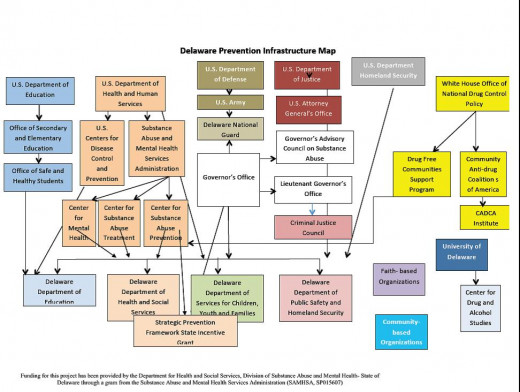
Introduction
She Talks to Angels, is a 1990 song recorded by the Black Crows describing a young woman’s battle with a heroin addiction. Unfortunately the many existing myths and stereotypes about the drug and its users, prevents the mainstream of society from seeing the true extent the narcotic has penetrated our community. 17 years after the song’s release, in 2007, the Center for Disease Control (CDC) reports the overdose, “Rates have increased roughly five-fold since 1990.” (CDC Poison Brief) Heroin was identified as one of the leading contributing drugs. A National Institute on Drug Abuse (NIDA) reports states “In 2012 about 669,000 Americans reported using heroin in the past year, a number that has been on the rise since 2007.” (NIDA) After 43 of the War on Drugs [1], not for the lack of effort, no ground seems to have been made. To curb the distribution, demand and continued use of the drug, it appears a new approach to the issue is needed.
While prevention is important, this particular study will look at the activities in the state of Delaware, with a focus on recovery. As depicted in Figure 2, Delaware’s Prevention Infrastructure Map, there are a multitude of agencies involved with diverting people (primarily pre-teens, teens and young adults) from trying drugs in the first place. However, no matter how effective the prevention efforts are, there will be those, who for a number of different reasons, slip through the cracks and follow Alice down the Rabbit hole[2]. For them the obstacles to recovery is the issues. Most people do not see the challenges with narcotics until recovery assistance is required. Many of the roadblocks that exist are socially constructed out of fear and misinformation about the disability.
Let me start out this study by way of an introduction. I am not a social service, law enforcement, or a drug rehabilitation expert. I am however a 52 year old white male that would fit into the economic label of middle class. I am fairly well educated with an Associate of Arts, Bachelor of Science, and Master of Arts degrees. After 27 years in the military (Active Army, Army National Guard and Air Force Reserve) I retired and currently make my living as a Regulatory Specialist[3] for Delaware Health and Social Services (DHSS). To look at me you would see nothing special, I am an average father trying to live out an average life. However, life, as it often does, has intervened with my plan. As such, I have observed the impact heroin has had on too many families, including my own and have an obligation to tell the story as I see it.
I grew up in rural North Dakota and graduated high school from a town call Ellendale. It has a population around 2,000 and is situated in the south central part of the state, about 5 miles north of the South Dakota line. The town is not that much different from Ellendale Delaware (population 300 and change) not a bad place to grow up. I will be honest, back in the 70’s, while in high school I experimented with drugs, alcohol and cigarettes. I smoked marijuana a couple times a week and it would be impossible to quantify all the beer we used to drink. My junior and senior years I managed to get suspended for 6 weeks from representing the school in public events for smoking cigarettes and drinking beer. At the same time, I also lettered in track, football, and basketball, participated in choir and theater, and managed to graduate with average grades. After high school, while in my early 20’s, I graduated to speed (methamphetamine), cocaine, and at a party one night in 1983 someone slipped me LSD. My high school experience may have influenced, but not define my life, I was able to makes bad decisions and recover. As I reflect on the events of my life, I recognize one or two more bad decisions would lead to a very different journey.
My senior year the theater class presented a one-act play written in 1951 by Maryat Lee called Dope. It was the story of a young man (Louie) who was addicted to heroin. During the course of the production, he sees his younger sister follow his example. In an attempt to break free, he confronts his dealer (Porse) and is killed. As you can imagine in the spring of 1980 in Ellendale ND, this was not well received by the parents in the community. It was a dark subject about something that happens in the city. Part of the mythology about heroin proclaims it is an urban drug, the addicts are older, and it required the users to use a needle as the instrument to get high. It was not something that the small town needed to worry about. To tell the truth I never gave the play or the drug much thought for many years. In fact, a couple of decades had past when I was looking at my yearbook and saw pictures of the play that I recalled the theatrical production.
What drew me back to this particular play was the skillful manner Ms. Lee highlights the lies, deceptions, and dangers of heroin use. The language of the piece was different, a reflection of the time, but the meaning is still clear. In this scene, we find Louie talking with two of his friends who are interested in trying heroine.
Marc. You ask him.
Hum. (Pushes Marc toward Louie, then Marc gets around and pushes Hum, then:) Hey Louie—is that pot that lifts you up?
Louie. Pot? (Smiles.) Come on man, where you been at? I got a bigger kick than that, man.
Marc. See? What I told you horse!
Louie. (Lovingly.) Junk, yeah. It whirls you. It—(breaks off.) Hey—get in the wind, will you man.
Marc and Hum, who you learn later in the play are under 18, try to use Louie as their gateway to the drug. Louie is known to them, he is older, and represents someone they trust. Here is a point where fiction is reflecting reality; the user is often introduced to the drug by someone he/she knows.
In addition, the scene speaks directly to a commonly held belief that heroin is an old person’s drug. A myth, which is easily dispelled when you look at the statistics concerning usage, in Delaware 18-24 years old make up 27% of heroin users admitted into publicly funded facilities in 2012.
Figure 3
In addition, the scene speaks directly to a commonly held belief that heroin is an old person’s drug. A myth, which is easily dispelled when you look at the statistics concerning usage, in Delaware 18-24 year olds make up 27% of heroin users admitted into publicly funded facilities in 2012.
In the play heroin is referred to as Horse, Junk or Dope; a simple internet search will reveal greater number of names currently being used. According to a Drug Enforcement Agency (DEA) fact sheet it goes by Big H, Black Tar, Chiva, Hell Dust, Horse, Negra, Smack, and Thunder. (DEA) It seems each generation has to put their own spin on the drug, as if changing the name somehow changes the effect or impact. Even though the label used has gone through several mutations over time, the basic elements and mythology of the disease remains the same. The things that have changed are the purity of the drug, and methods of ingestion, while receiving the most intense effect possible.
So let us fast-forward 45 years from 1980 to 2015, to my life in a small town just south of Dover, Delaware. When looking at the population and distribution of services Delaware is normally divided into New Castle County in the north and Kent and Sussex Counties are lumped together in the south. New Castle has 60% of the population crammed in into a small urban area and is situated in between two major metropolitan areas; Philadelphia and Baltimore. In late 2014, New Castle County was identified as a high intensity drug trafficking area, which qualifies it for an increase in Federal funds for law enforcement. It was believed, until recently, the problems of the city had not followed Highway 1 (Figure 3) south over the Chesapeake and Delaware (C&D) Canal to the smaller towns. For many years, there was a quiet complacency about the growing drug problem in the southern part of the state. So much so that in 2009, Governor Markel’s administration, as a cost saving measure closed the detoxification center in Ellendale, Delaware, which was the only publically funded facility to provide services to both Kent and Sussex Counties.
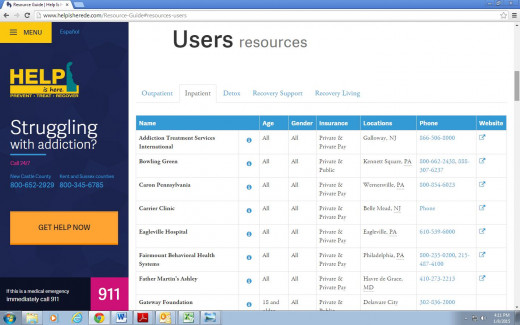
Next Chapter
Here ends part one of the series. In the next Hub I will be exploring history of heroin and the impact the drug has had in Delaware.
Part One An Introduction to Heroin Use in Delaware
Part Two History of Heroin and Delaware
Part Three Heroin Use and Recovery in Delaware the Current Approach
Part Four Heroin Addiction and the Self
Footnotes
[1] President Nixon coined the term in 1971.
[2] The reference is to 1865 novel Alice’s Adventures in Wonderland by Lewis Carrol (whose real name was Charles Lutwidge Dodgson)
[3] Regulatory Specialist: Is a person who makes a living from arguing with management, employees, and unions about the work rules and environment.
References
References:
Center for Disease Control and Prevention. CDC Poison brief 2010 http://www.cdc.gov/homeandrecreationalsafety/pdf/poison-issue-brief.pdf. July 2010. (Accessed January 2, 2015)
Drug Enforcement Agency. Drug Fact Sheet Heroin. http://www.dea.gov/druginfo/drug_data_sheets/Heroin.pdf. (Accessed February 2, 2015)
Lee, Maryat, Dope. Samuel French. 1951, 1953, 1967, 1979, and 1981
National Drug Intelligence Center. Delaware Drug Threat Assessment. U.S. Department of Justice.
http://www.justice.gov/archive/ndic/pubs07/796/heroin.htm. March 2002. (Access January 17, 2015)
Robinson, Chris and Rich Robinson. She Talks to Angels. Recorded by the Black Crows. Def American. 1990
Figures:
Figure 1: Picture of empty heroin packets in a Port-A-Potty. Taken by Mark Monroe. January 25, 2015
Figure 2: Drug Prevention Infrastructure Map. University of Delaware. With Funding by Delaware Health and Social Services. Division of Substance Abuse and Mental Health. State of Delaware. http://www.cas.udel.edu/cdhs/ddata/Documents/Delaware%20Prevention%20Infrastructure%20Map_2014.pdf. (Accessed June 1, 2015)
Figure 3: Map of Delaware. Google Maps

